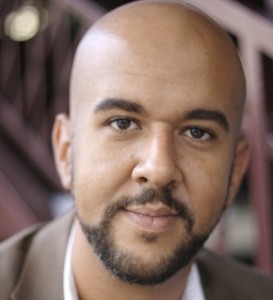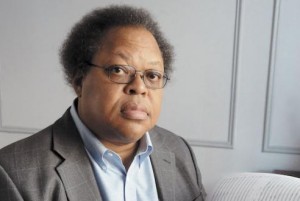Last November, NPR ran a piece on Dr. Steven Sirr and violin maker Steve Rossow, two gentleman using a CT scan of a 307-year-old Stradivarius in an attempt to recreate it. It’s likely that most string players joined me in the commencement of eye-rolling upon hearing this story. For as long as I can remember, luthiers have tried to recreate the storied violins with little, or more often, no success. Replications of varnish, sourcing of era- and geographically-specific woods, even manufactured divots and scrapes to mimic the originals have failed to parallel the aural color palette of the Strad. So it is far from surprising that a CT Scan is unable to unearth the long-searched-for “x factor.”
More recently, on January 2nd, 2012, NPR aired another piece that put forth the proposition that the entire enterprise may be moot. A double-blind study led by Claudia Fritz of France's National Center for Scientific Research assembled seventeen professional violinists (evidently selected from the International Violin Competition of Indianapolis), two Strads, a Guarneri and three modern instruments. Shockingly (insert gasp here), only three were able to identify a Strad by sound alone.
So case closed. String players are no better than those who would burn cash on a handbag simply because of the initials patterned across it.
Well, perhaps not. In a study following the true tenants of the scientific method, all factors must be considered variables and each must be tested against a control. Where did this experiment take place? A hotel room. As any ambitious musician who has flown across state lines for an audition is aware, a hotel room has the unique effect of making even the finest instruments sound about as sublime as the restroom at an IBS convention.
Secondly, who are these esteemed violinists? What is familiarity of each with centuries-old instruments? We can assume they are capable players, but if they, like most, have not spent their respective careers playing on three million dollar violins, what could they have been listening for? The best sound, probably.
My own hunt for a viola took six years and stretched from Los Angeles to Manhattan. Questing for the ideal sound in an instrument is an altogether different beast than what Fritz was exploring, but my search had the unanticipated benefit of an exposure to violas of myriad time periods and price tags. It did not begin as a quest for an old Italian specimen, but that is where it culminated. In the process, I took everything from a $900,000 Amati to a $12,000 Vanna So through the twitter of “Midsummer Night’s Dream” as well as the geometric launch of “Der Schwanendreher” (among many other works). By the end of the excavation, the one solid conclusion at which I arrived was that price is meaningless. That Amati was nothing more than a piece of overpriced furniture. What was clear, though, was that no modern viola I played approached the nuance and depth of the best of the old Italians.
Which bring up the final point: where does the aforementioned Strad fall in the spectrum of Strads? All are not created equal, as a colleague of mine discovered when she was awarded one…and promptly, if sheepishly, returned it.
Just as with any pseudo-scientific claims that your child will be cooing Quantum Theory if subjected to Mozart in utero, the research here in question is a far cry from that on which we depend to knock out a pneumonia or send protons careening into one another. All that has been concluded in this study is that this particular cadre of violinists couldn’t identify a Strad. What is also true is that Good Strad = Good Strad, and Bad Strad = Bad Strad. Finally, it is most certainly true that these genius-carved violins cost too damn much. If you believe anything beyond that, Dietmar Machold has a violin to sell you.





